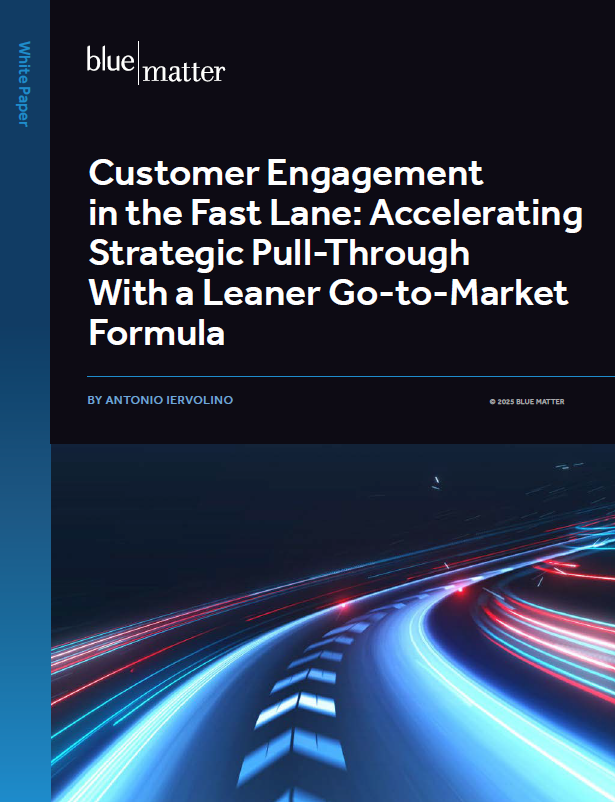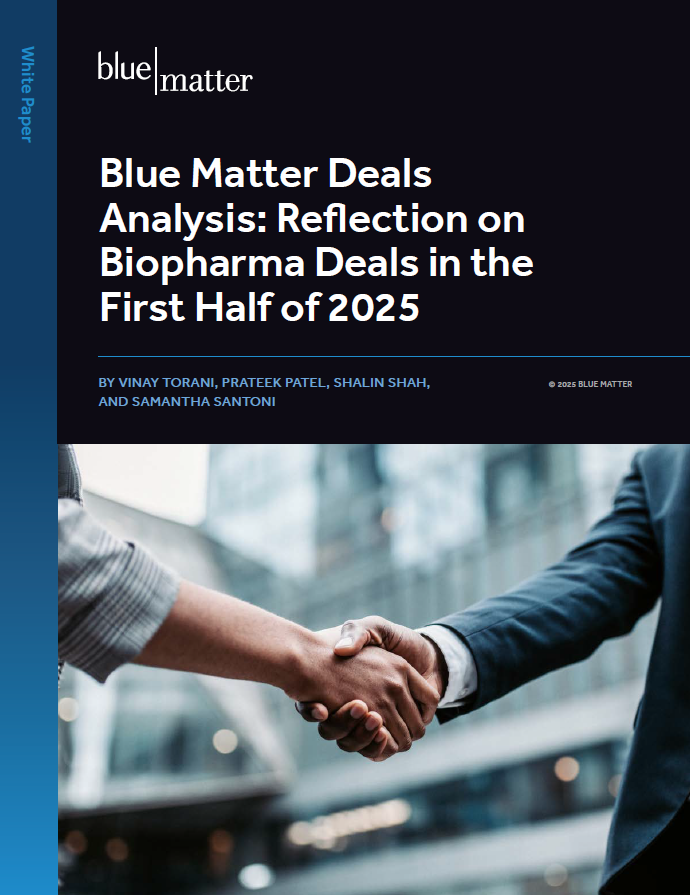
At some point in its development, any growth-minded non-European biopharma company will look to Europe as a possible source of new opportunity. Europe is attractive for various reasons, including its large population, high per-capita spend on healthcare, and vast market potential.
But successfully entering Europe is a complex undertaking, and biopharma companies need to know how to safely navigate the process. The stakes are high, and there are many pitfalls to avoid. In this ongoing series of articles, we are outlining the 12 most common pitfalls that biopharma companies experience as they enter European markets:
- Not knowing what it takes to “go it alone” across Europe
- Not realizing Europe may have its own clinical endpoints in mind
- Missing the opportunity of conditional marketing authorization
- Believing EMA marketing authorization = patient access
- Thinking your list price won’t cross borders
- Missing the mark with local health technology assessment (HTA)
- Not making the right European connections
- Failing to realize that EAPs can boost…or bite
- Missing a promotable label
- Building like big pharma when you’re not
- Using individual preferences vs analysis to select HQ location
- Caring too late about your infrastructure
Pitfall #9 – Missing a Promotable Label
Why It’s Important
In a best case scenario, where a new product demonstrates a robust benefit / risk profile, the last thing you would want to do is leave value on the table by inadvertently limiting your promotable label.
How can this happen?
One common cause is when a biopharma company fails to adopt a patient-driven development strategy that is properly focused on stakeholder needs and the market opportunity. In a situation like this, the company does not build an adequate understanding of the relevant stakeholder needs or incorporate them into its strategy for evidence generation and analysis. As a result, it can slip into a reactive data generation mode.
Once approved, the product could end up with a label that is either undifferentiated or too restrictive, limiting market opportunity and success. The following case illustrates how this can manifest in the real world. Several biopharma companies developed very similar chemical entities. The companies independently used different development approaches. As a result, their respective products were launched with very dissimilar labels. As you might expect, the products’ market performances varied greatly, even though they were physically similar compounds.
Not having a promotable label is particularly risky in Europe, where the reimbursement requirements and standards of care may be different from one country to the next. The supporting evidence must be tailored appropriately and communicated effectively within each geography.
Avoiding It
The good news is that this pitfall can be avoided. The first step is to develop a robust and thoughtful positioning strategy early, as early as phase 2. It’s about developing the right hypotheses for the intended patient population, severity of the disease, patient journey, level of unmet need, the expected patient outcomes, and how to differentiate from the competition. Having that very clear product proposition at an early stage will help the company identify the data gaps and design studies to validate those hypotheses with clear differentiation in mind.
The second step is to involve and engage the regulators early. Include them in your hypotheses and let them be part of the story. Tell the story of the disease, the unmet need, how your product will add value to the patient population that will benefit most, and how this will be reflected in your clinical data.
It should be clear that to get a real promotable label, it’s about weighing the short-term vs. the long-term ambitions for the company and product, really caring about which patients will benefit most, and doing right by them.
Coming Next
Throughout this series we have emphasized the importance of investing upfront in Europe to avoid major pitfalls. But what about when that investment itself becomes the pitfall? In our next article we will discuss how to balance the risks of building out your company too early or too late with Pitfall #10 – Building Like Big Pharma When You’re Not.






